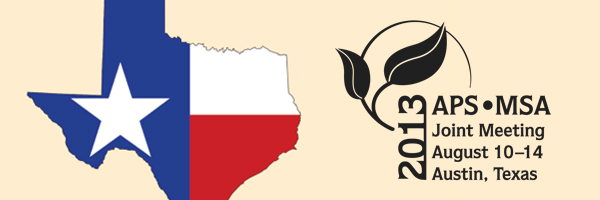APS Homepage
Back

Poster Session: Detection and Diagnosis - Fungi and Oomycetes
© 2013 by The American
Phytopathological Society. All rights reserved.
385-P
Modification of oligo design for enhanced sensitivity of a DNA macroarray for detection of fungal onion bulb rot pathogens.
M. ARIF (1), C. M. Vahling-Armstrong (1), J. Knerr (1), S. Lupien (1), F. Dugan (1), L. du Toit (2), B. K. Schroeder (1)
(1) Washington State University, Pullman, WA, U.S.A.; (2) Washington State University, Mt. Vernon, WA, U.S.A.
Onion (Allium cepa L.) is an important vegetable crop in Washington State and the United States. Losses of onion bulbs to storage rots can have a significant financial impact on the onion industry. Management of bulb rots is challenging because of limited resources for rapid detection of potential bulb rot pathogens. A method for early, accurate and sensitive detection of bulb rot pathogens in onion tissues is needed. Development of a DNA macroarray was initiated to detect and identify 14 fungi that can cause onion bulb rots, of which three Botrytis spp. are of prime importance. Genus- and species-specific oligos were designed from the internal transcribed spacer (ITS) and L45-550 gene regions of Botrytis spp. Specificity of the oligos was validated in silico against accessions available in GenBank. Oligos were modified by adding 10-42 customized nucleotides at the 5’ and/or 3’ terminus to raise and match the oligos Tm (up to 65°C), to enhance cross-linking of oligos on nylon membranes. The modification enhanced hybridized spot intensity and sensitivity of detection. This macroarray for simultaneous detection of multiple bulb rot pathogens is expected to be sensitive, accurate, and easy to implement. The macroarray will be useful for the Onion ipmPIPE network, a platform integrating diagnostic tools, pest management, and marketing of Allium crops.